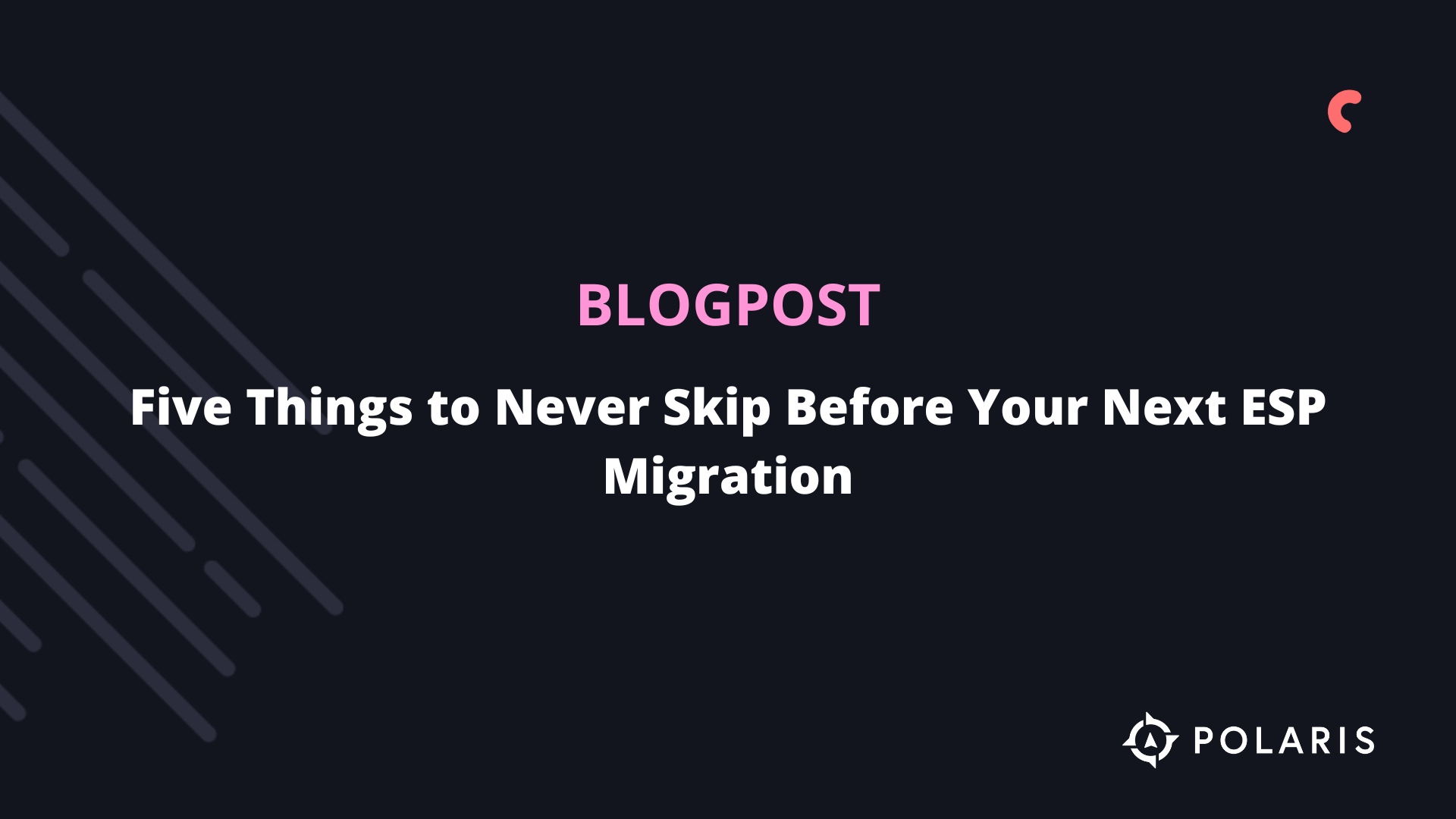How to Restore Your Sender Reputation.



In this article, you will learn how to take steps to restore your sender reputation if you're experiencing issues with email delivery and a decline in performance. Sender reputation refers to your ability to successfully land in your customers' inboxes.
Disable Lower-Engagement Flows
Win-back, re-engagement, and sunset flows can be riskier to have enabled when trying to improve your sender reputation, as they generally have lower engagement rates. It is not recommended to keep these flows active while restoring your sender reputation. If these flows are running, you can set them to draft mode during the recovery process.
Stop External Marketing Activities
While restoring your sender reputation, it’s important to pause all external marketing activities carried out on behalf of your brand, whether through Klaviyo, another marketing group, or ESP.
Klaviyo provides everything you need to collect, analyze, and build campaigns or flows using first-party data, which can be easily collected through methods like email capture forms.
Send According to a Proper Warm-Up Schedule
When restoring your sender reputation, it’s essential to approach the right cohort based on your preferred sending frequency. Ensure that the frequency excludes any flows sent in response to a subscriber’s action.
Choose the correct schedule for your sending frequency to determine the timeframe and number of engagements in your engaged segments. Avoid exceeding the recommended engagement period for your sending frequency.
The structure of the segment remains the same for all options, based on the number of clicks or opens within the relevant engagement window.

If you notice a drop in the number of opens in the future, you should immediately return to sending emails to highly or very highly engaged users to restore your sender reputation.
Manually Suppress Unengaged Subscribers
When restoring your sender reputation, it’s important to identify your least engaged email subscribers so that you don’t target them. Once you’ve identified your unengaged subscribers, consider excluding them from your marketing efforts or manually suppressing them (do not delete!) while cleaning your list.
Additionally, it’s important to archive any subscribers who haven’t opened or clicked an email in 365 days and avoid targeting them unless they re-subscribe. Never attempt to re-engage subscribers after 365 days of inactivity.
Setting Up and Warming Up a Dedicated Sending Domain
A dedicated sending domain allows you to send emails that appear to come directly from your brand and gives you more control over your sender reputation. It also enables you to build a sender reputation on your domain, limiting any negative impacts on your deliverability caused by other senders on a shared domain.
If you have a new Klaviyo account starting with a dedicated sending domain, or if you’re using a newly registered domain (registered within the last 30 days), it’s crucial to warm up your dedicated sending domain during the first 2 to 4 weeks after applying it. Warming up your domain strengthens your sender reputation. Depending on the data you bring into Klaviyo and your use cases, you should follow the warming or platform onboarding process that applies to you.
Dedicated IP Address
Most small businesses or those new to Klaviyo use shared IP addresses. Depending on your email practices and volumes, a shared IP address might be sufficient for your sending and reputation needs. However, if you use a dedicated IP address, the associated sender reputation is only influenced by the single account using it. This gives you full control over your sender reputation, especially if you send large volumes of email. Additionally, a dedicated IP address gives you full control over sending volumes, so you aren’t affected by possible volume spikes on a shared IP during busy periods. With a dedicated IP address, it’s also easier to diagnose deliverability issues.
Dedicated Click Tracking
Dedicated click tracking allows you to display your own domain on click tracking links instead of the default Klaviyo encoding.
This is beneficial because it allows your customers to trust your brand’s emails more, as the links are easily recognizable. Instead of a long string of letters and numbers from an encoded trk.klaviyomail link, they will see your brand’s name when hovering over the links in your email. This can increase the likelihood that they will click on your links.
It’s also a good idea to set up SSL for dedicated click tracking so you can secure and authenticate your domain for click tracking.
Domain Alignment
If the root domain used in your sender email address (e.g., the friendly-from address) doesn’t match the main domain used in the dedicated sending domain, this can affect inbox placement.
DMARC is a protocol that allows domain owners to protect their domain from unauthorized users sending emails, also known as email spoofing.
Misalignments typically affect accounts that use Klaviyo’s default shared sending domain to send emails with a from-address domain that has a DMARC policy. Ensure there’s alignment between your sending domain and your from-address in Klaviyo. For example, if you send an email with sales@example.com as the from-address, where example.com is protected by DMARC, your account should use a dedicated sending domain like send.example.com for all emails sent from Klaviyo to comply with DMARC authentication requirements. This misalignment can also affect accounts with dedicated sending domains if there is no match with the sender email address.
Without DMARC, your brand is more vulnerable to email fraud, but it’s essential to ensure alignment to prevent deliverability issues.
BIMI
If your brand has a DMARC policy, you can also set up BIMI (Brand Indicators for Message Identification). BIMI uses your DNS settings to authenticate your visual brand identity in emails you send. Implementing this technology can increase brand recognition, legitimize your business, and improve deliverability by building trust with your recipients and boosting engagement rates. For information on configuring this, refer to this BIMI guide.
Monitor Performance
As you continue sending to subscribers after the warm-up process is complete, it’s important to monitor your performance on key email metrics to ensure your sending audience is engaged and that you maintain good deliverability.
You can compare your own sending performance to key ranges for these metrics. If you notice a decline in performance or see areas for improvement, you can adjust your strategy.
If you don’t see improvements after 4 weeks, contact Polaris Growth for further advice.
Find the original article here.
%20(1).png)





